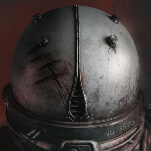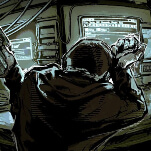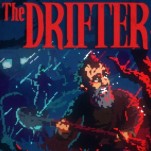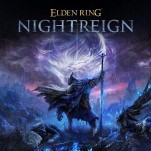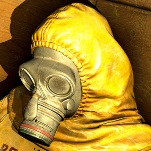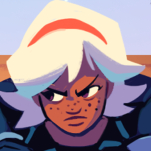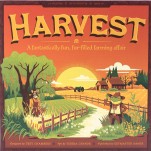Somerville Is Beautiful, Messy, and Meandering
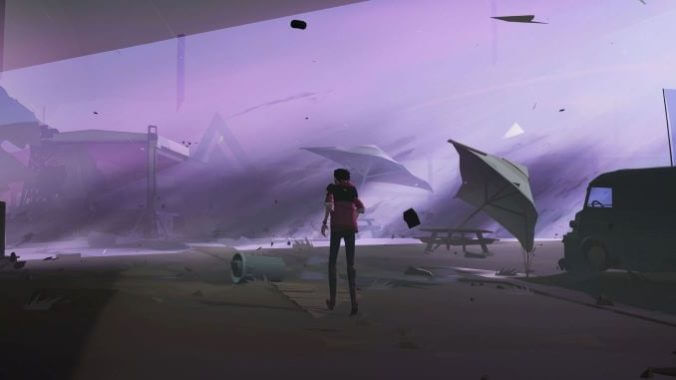
Somerville is ridiculously beautiful. Take the opening, for example: A family wakes from their collective couch nap to an unprecedented and unprompted alien invasion. Suddenly, War of the Worlds is playing it out in the heavens above them, with its refuse crashing down on their unsuspecting lives. Alien obelisks jut from the clouds, garish neon pink lights shoot out, and spikes pierce through their car and home as they simply try to account for the impossible and escape with their lives and family intact. It’s a sequence that genuinely captivated me, even though I knew it was coming, because Jumpship’s commitment to realizing the sights and sounds of an invasion is unrivaled. This remained true even when my character, who seemed to die in the opening, came back to life and explored the fallout of the war. Soonanother truth came to light as I stumbled across the dilapidated countryside, though, and it was that Somerville has a compelling vision but suffers from middling execution.
Somerville tries to do more, but I don’t know that it succeeds. While I’ll try to ease up on the comparisons, it’s hard not to look at it and see Dino Patti’s (Jumpship’s co-founder) last game, Inside, all over it. They both revel in visual storytelling and succeed at making the dystopic and frightening look starkly gorgeous. They even have sequences that are not entirely unalike, but Somerville strikes out on its own in some key ways, chief among them being that it plays in 3D rather than 2D, leaning further into the dioramic aesthetic Inside so thoroughly realized. Though the transition feels like the natural evolution of things, Somerville couldn’t have a harder time convincing me it was the best call.
The thing is that Somerville is kind of obtuse—as obtuse in its storytelling (which I’ll get to in a second) as it is its construction of 3D spaces. Parts of it feel momentous and impactful, while far too many others feel lacking in clarity and punch. There’s a fair bit of the game that feels like you’re meandering, like an extended stay in a mine shaft, and this extends as much to some of the game’s puzzles as it does exploration and movement. One early sequence with a bucket stands out to me as one such puzzle that would have benefited from being rendered in a more tightly constructed space, but instead feels so loose it constantly gets in its own way because of disruptive elements beyond my control and geography.
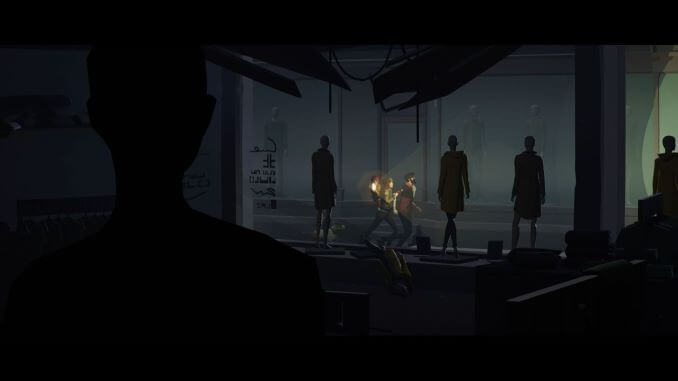
-

-

-

-

-

-

-

-

-

-

-

-

-

-

-

-

-

-

-

-

-

-

-

-

-

-

-

-

-

-

-

-

-

-

-

-

-

-

-

-


